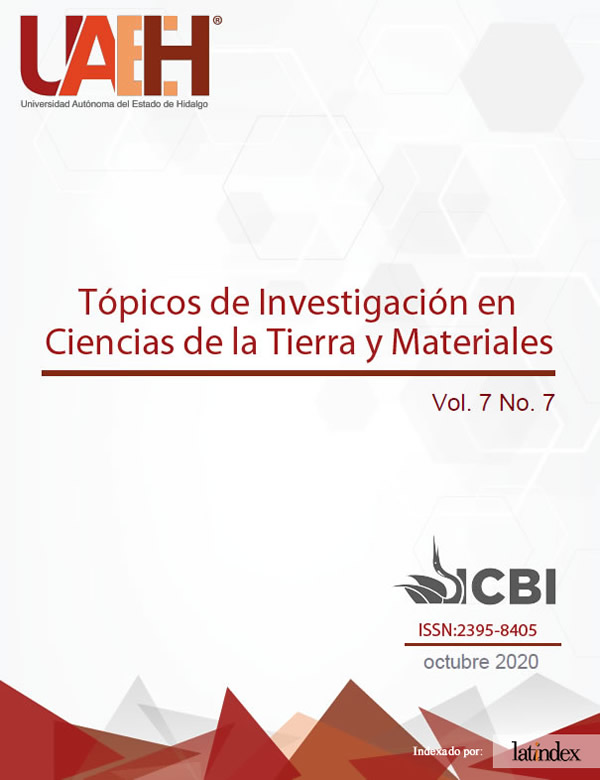Design of a self-building system based on low-cost ramparts and bahareque with minimal environmental impact for a home
Abstract
The need for a decent, sustainable, and self-constructing home is an emerging need in Mixquiahuala de Juárez, Hidalgo, since 90% of its inhabitants have houses that they built themselves and more than half live on two minimum wages or less. These works in very few cases are accompanied by a construction professional, causing structural failures, inadequate spaces, regulatory and management problems in the homes. This can be solved by means of guides or self-construction manuals that allow people to build to their possibilities; If the advantages of using vernacular systems are added to this, housing will be sustainable. Based on this, in the present work, a mixed vernacular self-construction system is developed in four phases, seeking that it can become a self-construction manual which will help families to build a decent and sustainable home.
Downloads
References
Neria Hernández, R., Pérez Herrera, L., & Rodríguez Ruiz, J. (Septiembre de 2017). Análisis de la vulnerabilidad del entorno del Municipio de Mixquiahuala de Juárez, Hgo. Revista de Arquitectura y Diseño, 1(1), 20-30.
(2018). La construcción genera más del 50% de los contaminantes en el mundo. Digital Bricks recuperado de:https://digitalbricks.com.mx/2018/08/01/la-construccion-genera-mas-del-50-de-los-contaminantes-en-el-mundo/s[3] INAH. (2017) La conservación de históricas construcciones de tierra reúne a expertos (No.90) recuperado de:https://www.inah.gob.mx/images/boletines/pdf//article/5136/20160407_boletin_90.pdf
ICOMOS. (1999). Carta de Patrimonio Vernáculo Construido. Madrid. Ratificada en México: ICOMOS.
González, J. T. (2017). La arquitectura sin arquitectos, algunas reflexiones sobre arquitectura vernácula. AUS (Arquitectura/Urbanismo/Sustentabilidad). doi:10.4206/aus.2010.n8-04
Malatesta, S. A. (2006). Análisis del proceso de autoconstrucción de la vivienda en chile, bases para la ayuda informática para los procesos comunicativos de soporte. Universidad de Catalunya.
UNE-Norma Española. Ediyada e impresa por AENOR, Deposito legal:M7149:2006
UNE-Norma Española. Ediyada e impresa por AENOR, Deposito legal:M7149:2006
Linares González, J., Huertas García, F., & Capel Martínez, J. (1983). La arcilla como material cerámico. Características y comportamiento. Cuadernos De Prehistoria Y Arqueología De La Universidad De Granada. Disponible en: https://revistaseug.ugr.es/index.php/cpag/article/view/122
Gisbert Blanquer ,J.M, Ibañez Asensio S.,& Moreno Ramón ,H. (2010). La textura del suelo.
Argüello Méndez, T. d., & Cuchí Burgos, A. (enero-marzo de 2008). Análisis del impacto ambiental asociado a los materiales de construcción empleados en las viviendas de bajo coste del programa 10 x10 Con Techo-Chiapas del CYTED. Informes de la Construcción, 60(509), 25-34.












